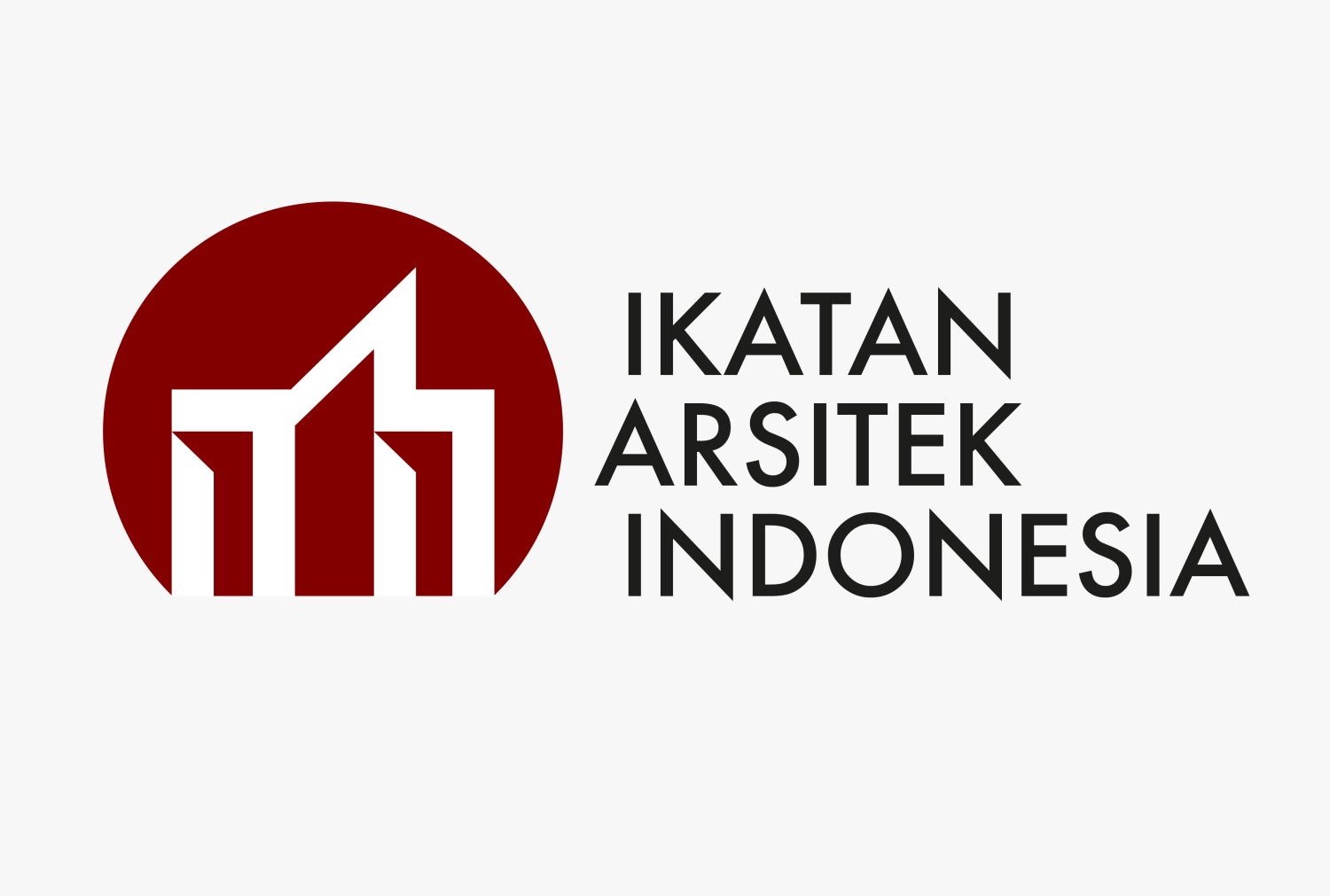STUDI PERBANDINGAN KINERJA PENCAHAYAAN DARI RAK CAHAYA KONVENSIONAL DAN RAK PENGARAH CAHAYA PADA GEDUNG BERTINGKAT TINGGI
DOI:
https://doi.org/10.31101/juara.v5i1.2159Abstract views 817 times
Keywords:
light guiding shelf, light shelf, daylighting, shading device, DialuxAbstract
Downloads
References
Biantoro, A. W., & Permana, D. S. 2017. Analisis audit energi untuk pencapaian efisiensi energi di gedung ab, kabupaten tangerang, banten. Jurnal Teknik Mesin Mercu Buana, 6(2), 85-93.
BSN. 2010. Revisi SNI 03-6197: Konservasi Energi pada Sistem Pencahayaan
BSN. 2001. SNI 03-2396-2001: Tata Cara Perancangan Pencahayaan Alami Siang Hari untuk Rumah dan Gedung
Lee, K. S., Han, K. J., & Lee, J. W. 2017. The impact of shading type and azimuth orientation on the daylighting in a classroom–focusing on effectiveness of façade shading, comparing the results of DA and UDI. Energies, 10(5), 635.
Lee, H., Seo, J., & Chang-ho, C. 2019. Preliminary study on the performance evaluation of a light shelf based on reflector curvature. Energies, 12(22) doi:http://dx.doi.org/10.3390/en12224295
Lee, Heangwoo. 2020. A basic study on the performance evaluation of a movable light shelf with a rolling reflector that can change reflectivity to improve the visual environment. International Journal of Environmental Research and Public Health, 17(22), 8338. doi:http://dx.doi.org/10.3390/ijerph17228338
Moazzeni, M. H., & Ghiabaklou, Z. 2016. Investigating the influence of light shelf geometry parameters on daylight performance and visual comfort, a case study of educational space in tehran, iran. Buildings, 6(3), 26. doi:http://dx.doi.org/10.3390/buildings6030026
Moreno, M. B. P., & Labarca, C. Y. 2015. Methodology for assessing daylighting design strategies in classroom with a climate-based method. Sustainability, 7(1), 880-897. doi:http://dx.doi.org/10.3390/su7010880
Vidiyanti, Christy. 2015. Efektivitas Light Guided Panel untuk Optimasi Tingkat Pencahayaan Alami pada Gedung Bertingkat. Tesis. Bandung: Program studi Arsitektur, Institut Teknologi Bandung.
Downloads
Published
How to Cite
Issue
Section
License
With the receipt of the article by the JUARA and the decision to be published, then the copyright regarding the article will be diverted to Journal of JUARA. Universitas 'Aisyiyah Yogyakarta as the publisher of Journal of JUARA hold the copyright regarding all the published articles in this journal.
Journal of Health Studies is licensed under a Creative Commons Attribution-ShareAlike 4.0 International License.




